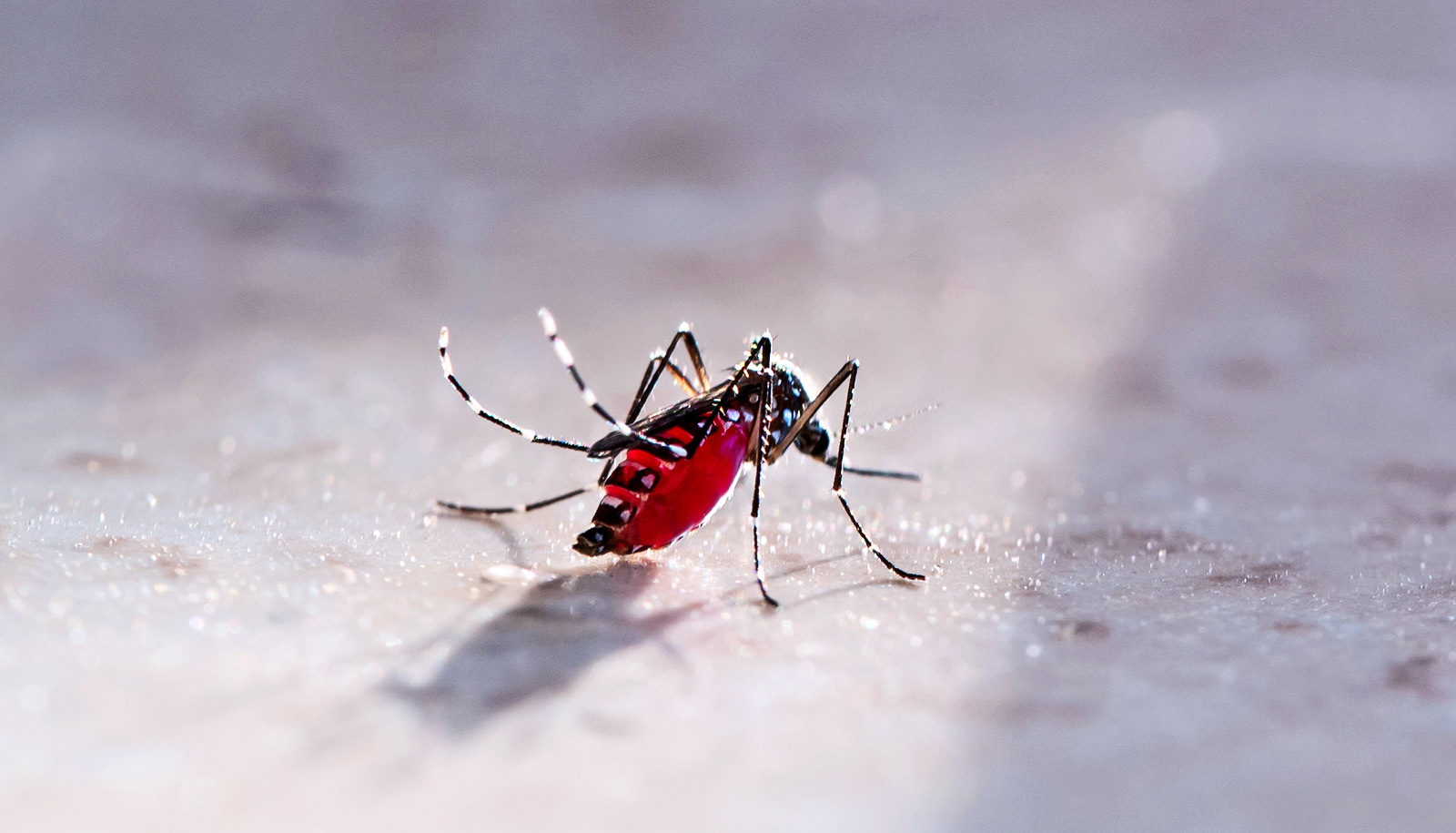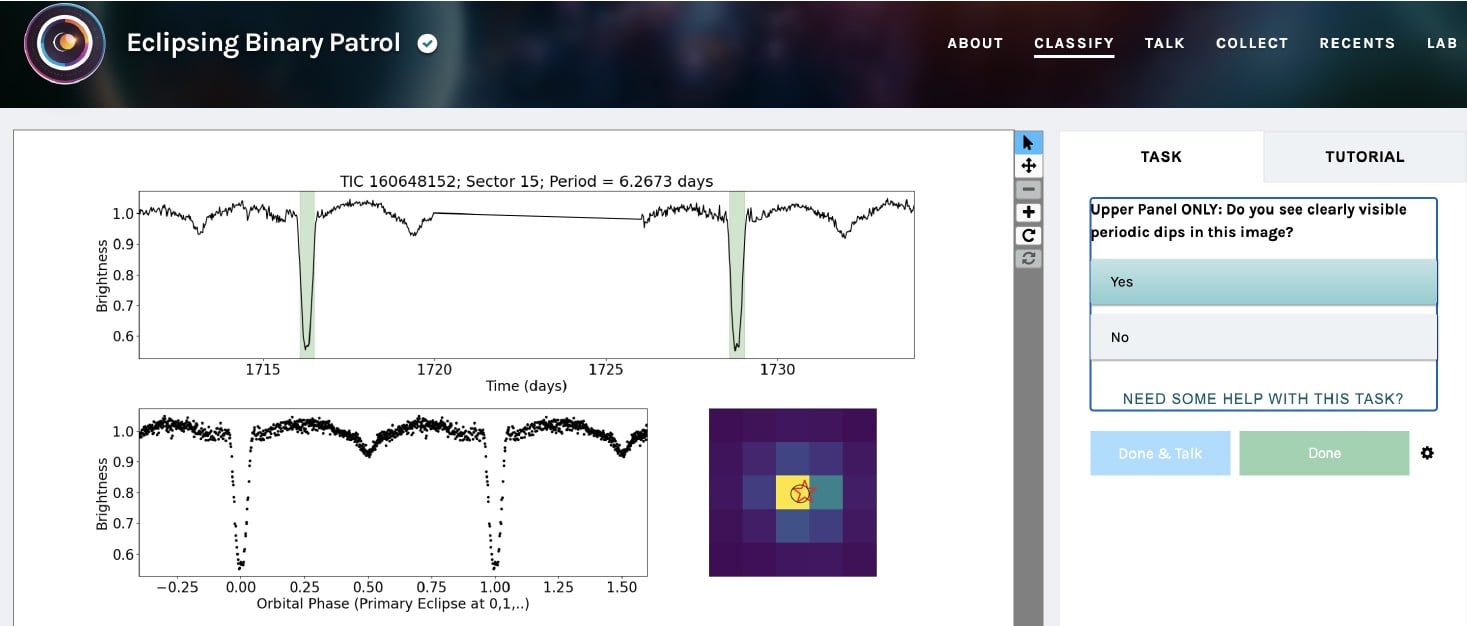This parasite rips apart human cells and wears them as disguises
E. histolytica kills at least 50,000 people every year. Microbiologists have a battle plan. The post This parasite rips apart human cells and wears them as disguises appeared first on Popular Science.

Entamoeba histolytica is a particularly tenacious parasite. The single-celled amoeba generally arrives in the colon after contaminated water and food is ingested—most often in places with poor sanitation infrastructure. Although the majority of the 50 million people who contract it each year suffer from little more than diarrhea, around 50,000–100,000 of them don’t survive the encounter. In those cases, E. histolytica chews ulcers into the colon walls before moving on to melt away parts of the liver. From there, the amoeba spreads into the lungs and brain, where its destruction ultimately proves fatal.
For decades, E. histolytica has stumped researchers struggling to explain how the parasite so successfully evades the immune system. But after about two decades of research, a team of microbiologists have finally determined E. histolytica’s gnarly strategy: The parasite has a tendency to cloak itself in remnants of dead human cells as a disguise against the body’s immune system. Now, microbiologists think they have a plan to fight back. Their amoeba battle strategy is detailed in a study published in the May issue of Trends in Parasitology.
An enigmatic entamoeba
“All parasites are understudied, but E. histolytica is especially enigmatic,” University of California, Davis microbiologist Katherine Ralston explained in a university profile on May 12. “It can kill anything you throw at it, any kind of human cell.”
Ralston is the new paper’s first author, but she first began studying E. histolytica during her postdoctoral fellowship in 2011.
“You could see little parts of the human cell being broken off,” Ralston said of her very first encounter with the parasite. In 2014, she published her initial findings in Nature on the process, known as trogocytosis.
“This was important [to discover],” she said. “To devise new therapies or vaccines, you really need to know how E. histolytica damages tissue.”
It didn’t take long for Ralston to see firsthand how the amoeba can become an absolutely voracious and impatient menace. E. histolytica doesn’t consume cells as much as it takes bites out of them as it travels through organs. These wounded cells are left to leak out its contents as E. histolytica moves on to its next targets—hence its name. Histolytica translates to “tissue-dissolving.”
A macabre disguise
In 2022, Ralston discovered a major reason behind the parasite’s tenacity: the amoeba develops an ability to evade a crucial part of the human immune system known as complement proteins. These proteins are vital to identifying and eradicating foreign cells. To escape them, E. histolytica ingests specific proteins from human cell outer membranes, then places those proteins on its own outer surface. Two of those molecules block those important compliment proteins from attaching themselves and fighting back. Essentially, E. histolytica wears chunks of human cells as a disguise against its host’s immune system.
However, yet another complication to taming E. histolytica remained—its complexity. The pathogen’s genomic sequence is five times larger than salmonella’s and 2,500 times larger than HIV’s. While scientists sequenced E. histolytica’s genomic sequence in 2005, it took eight years for researchers to analyze the bioinformation thoroughly enough to identify a potential breakthrough in controlling the parasite. In 2013, a separate study indicated E. histolytic displayed a cellular process known as RNA inhibition (RNAi) to control its gene expression. Fast forward another eight years, when Ralston’s team created an RNAi library that finally allowed experts to selectively inhibit each of the parasite’s 8,734 genes.

The battle plan
Ralston’s latest study presents one of the most promising steps yet in combatting E. histolytic: a battle plan. The team proposes combining their RNAi library with CRISPR gene-editing technology in order to label certain amoeba proteins with fluorescent markers. Researchers can then watch how E. histolytica interacts with the proteins before altering or deleting various proteins and genes. From there, they may be able to identify which portions are crucial to the amoeba’s proliferation and disguise. By eventually targeting these with tailored drugs, researchers could soon halt E. histolytica’s rampage.
“We now see a light at the end of the tunnel, and we think this could be achievable,” said Wesley Huang, one of the new study’s co-authors along with Maura Ruyechan.
With nearly all the pieces in place, scientists are another step closer to developing vaccines and drug regimens to take on E. histolytica. Despite their size, dealing with microscopic problems like this one often takes years to accomplish.
“Science is a process of building,” said Ralston. “You have to build one tool upon another, until you’re finally ready to discover new treatments.”
The post This parasite rips apart human cells and wears them as disguises appeared first on Popular Science.


























































































































































